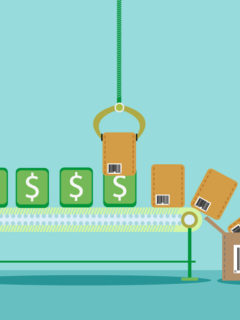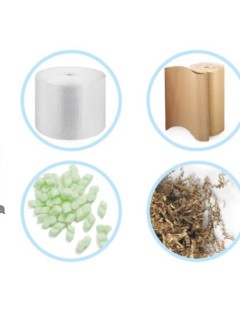Legislation, policies or regulations are often “dry” and difficult to understand for the average citizen. Rarely do these requirements have short, easy-to-remember names – not so with REACH: Short and simple REACH. But what is actually hidden under this English term and what exactly is it supposed to achieve?
REACH is of course just an acronym for Registration, Evaluation, Authorisationand Restriction of Chemicals. Its official name is Regulation (EC) No 1907/2006, but it sounds a bit “dry” … and as expected, it covers a whole range of complex content.
What does the EU Regulation mean?
Basically, it is the unification of the chemicals regulation that governs the whole of the European Union. The name says it all: REACH is intended to improve consumer protection and competitiveness within the European Union.
No data, no market
Based on previous chemical regulations of individual EU member states, REACH was introduced on 1 June 2007 and has since been considered one of the most stringent chemical laws in the world. Because the regulation states that “no data, no market”, no chemicals may be transported on the internal market without registration.
The basics of the process
The REACH Regulation is based on the principle of self-responsibility of the chemical industry. Accordingly, manufacturers, importers and subsequently users must register their chemicals and are responsible for their safe use. The organisation and administration of the REACH process is managed by the European Chemicals Agency (ECHA) in Helsinki. In this way, a high level of protection for humans and the environment is ensured and trade within the EU is economic and transparent.
In addition, consumer protection has been enhanced: with the right to information, all consumers have the opportunity to learn about the chemicals contained in products and adjust their purchasing decisions accordingly.
REACH and the transport of dangerous goods
The transport of, for example, paints, acids, alkalis and other corrosive, flammable and dangerous substances is a major focus of attention. It is not for nothing that the criteria for the transport of dangerous goods are the most stringent, especially when it comes to transport and packaging. These are governed by international and national dangerous goods regulations, which apply independently of REACH. These directives naturally have an impact on transport, packaging and labelling.
Dangerous goods boxes
This is where we can help: according to the relevant dangerous goods shipping regulations, Rajapack can help you. Our packaging meets all current standards and specific requirements that must be met for the safe transport of dangerous goods. For example, hazardous goods boxes made of three- or five-layer corrugated cardboard with an outer layer of kraft paper are particularly durable and robust. A PE bag is also included to unload the box. Vermiculite is suitable for filling and protection. This is a lightweight, non-flammable and absorbent granulate. Now all you need to do is to label your package with a warning label and the requirements under REACH on the transport of dangerous goods are met 🙂














